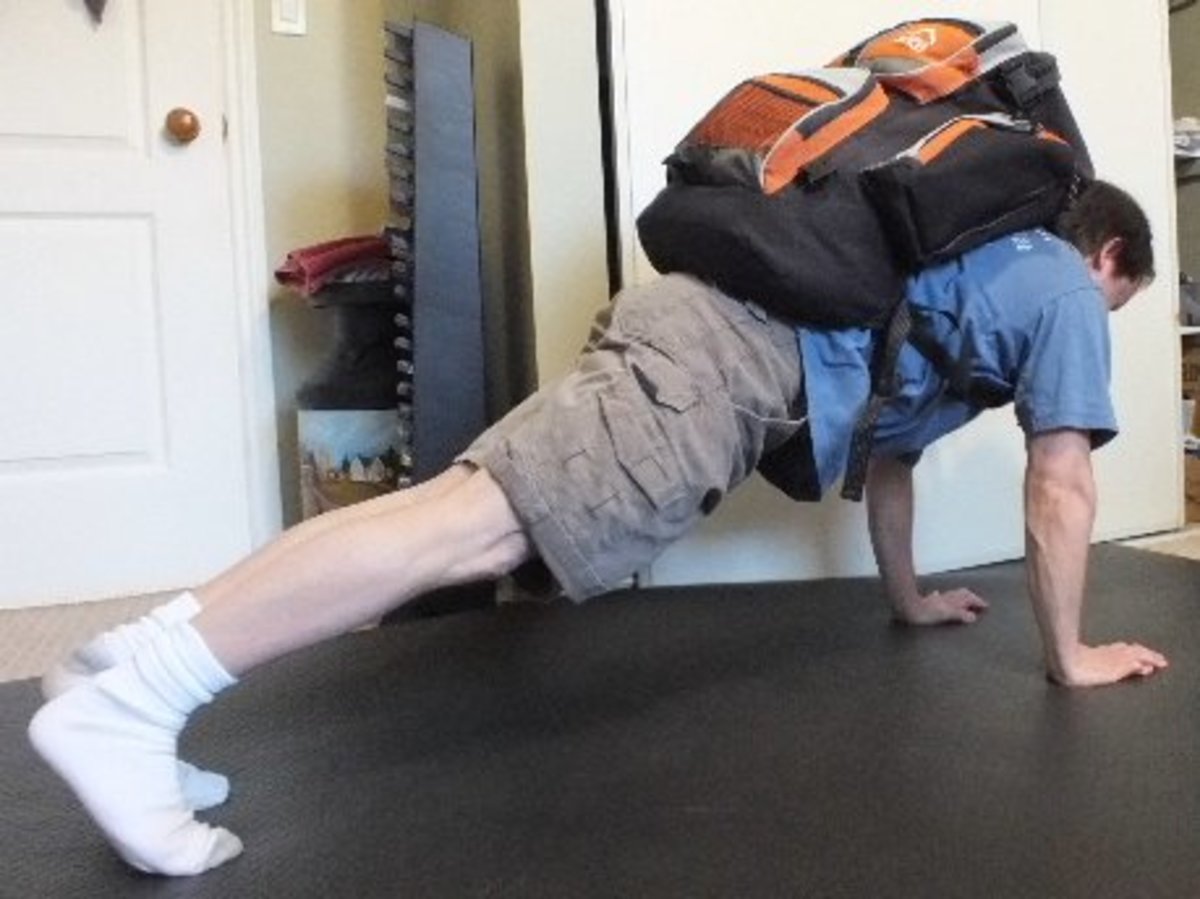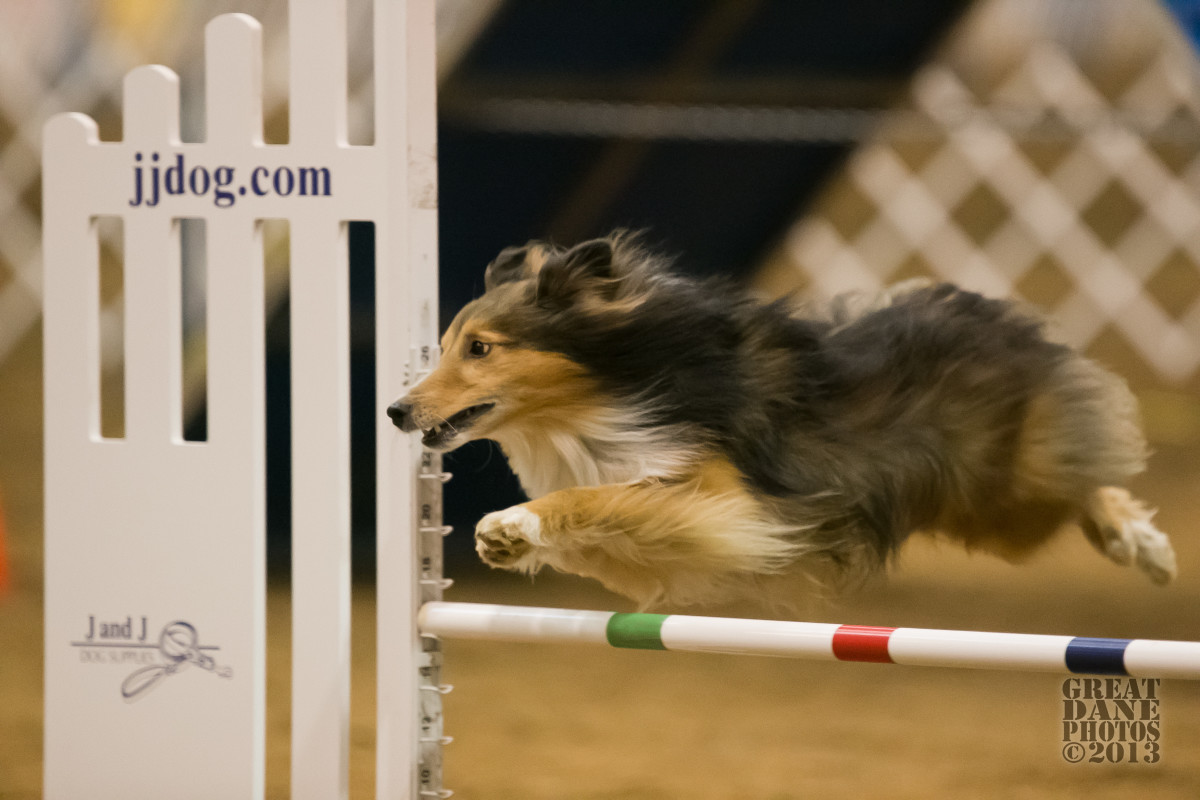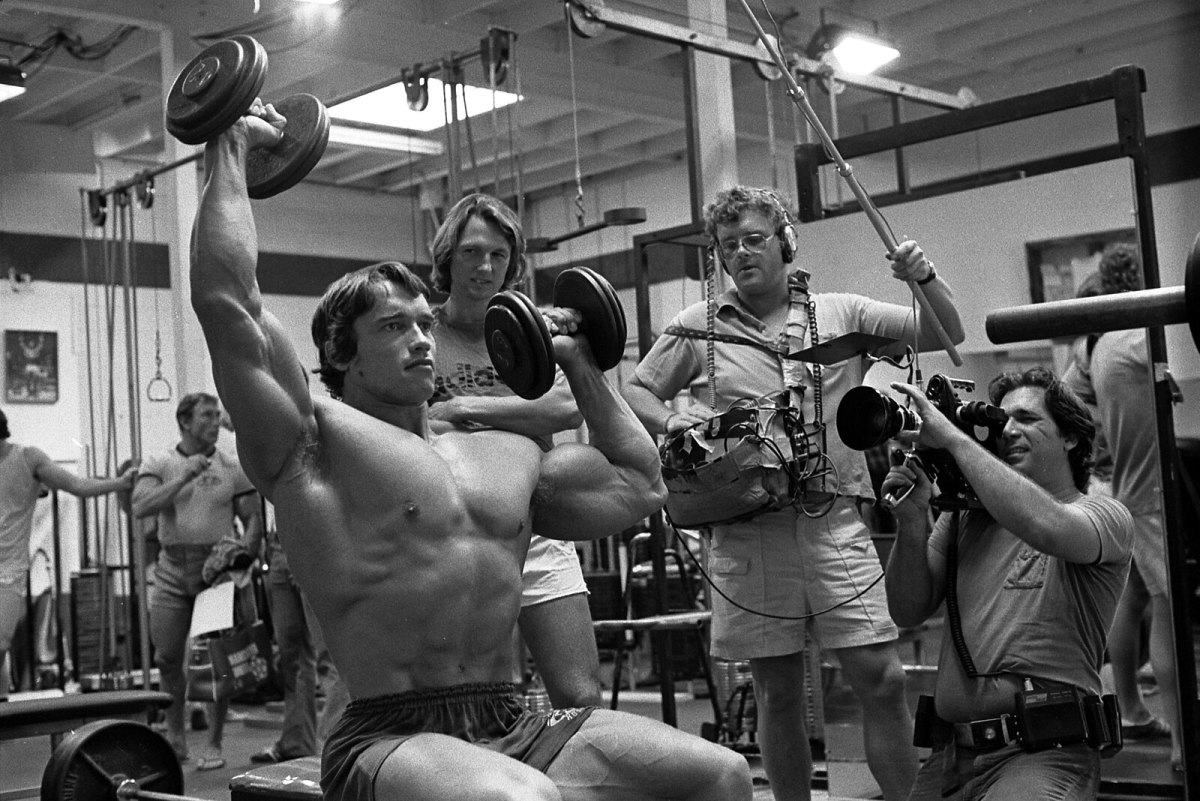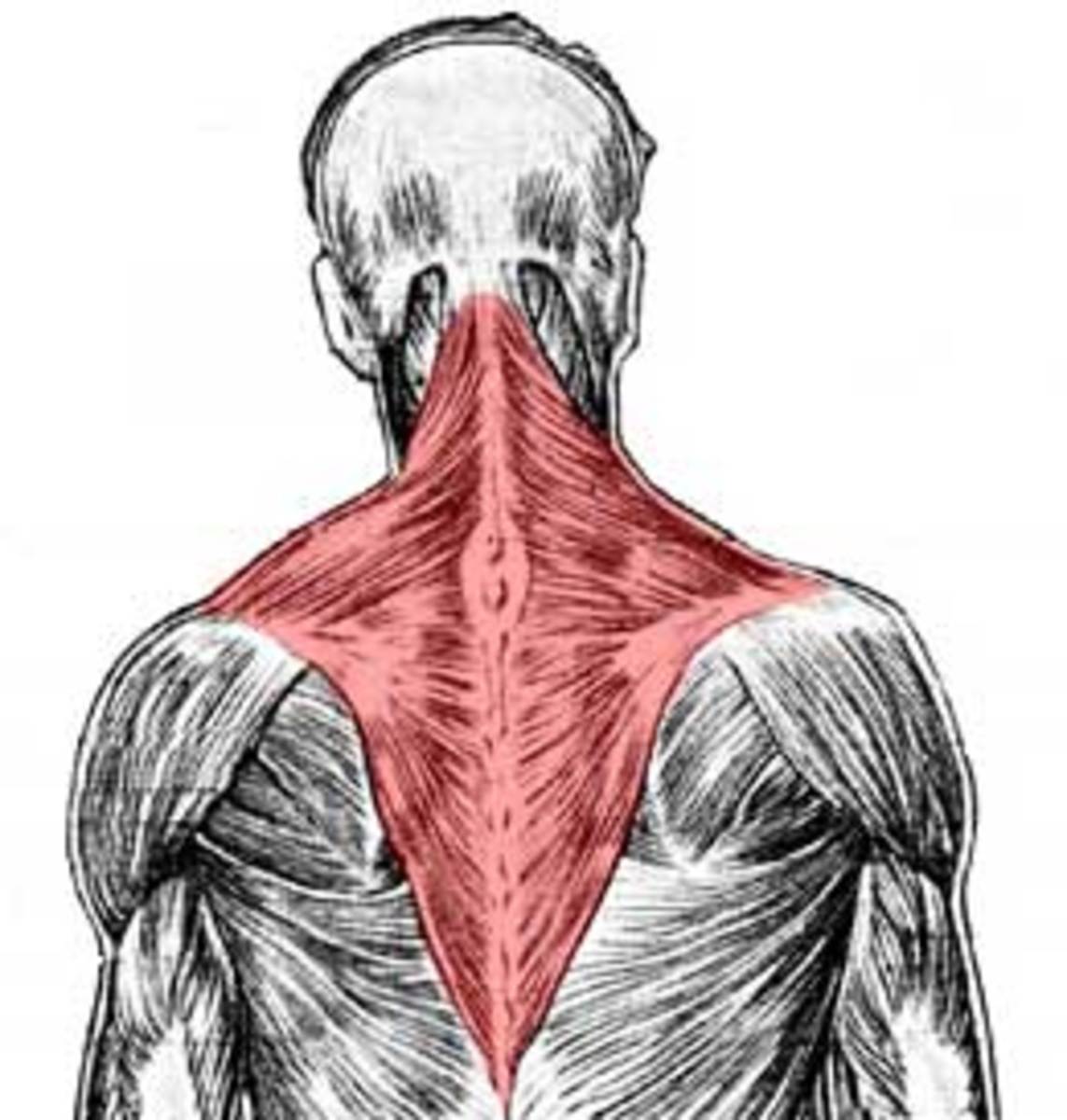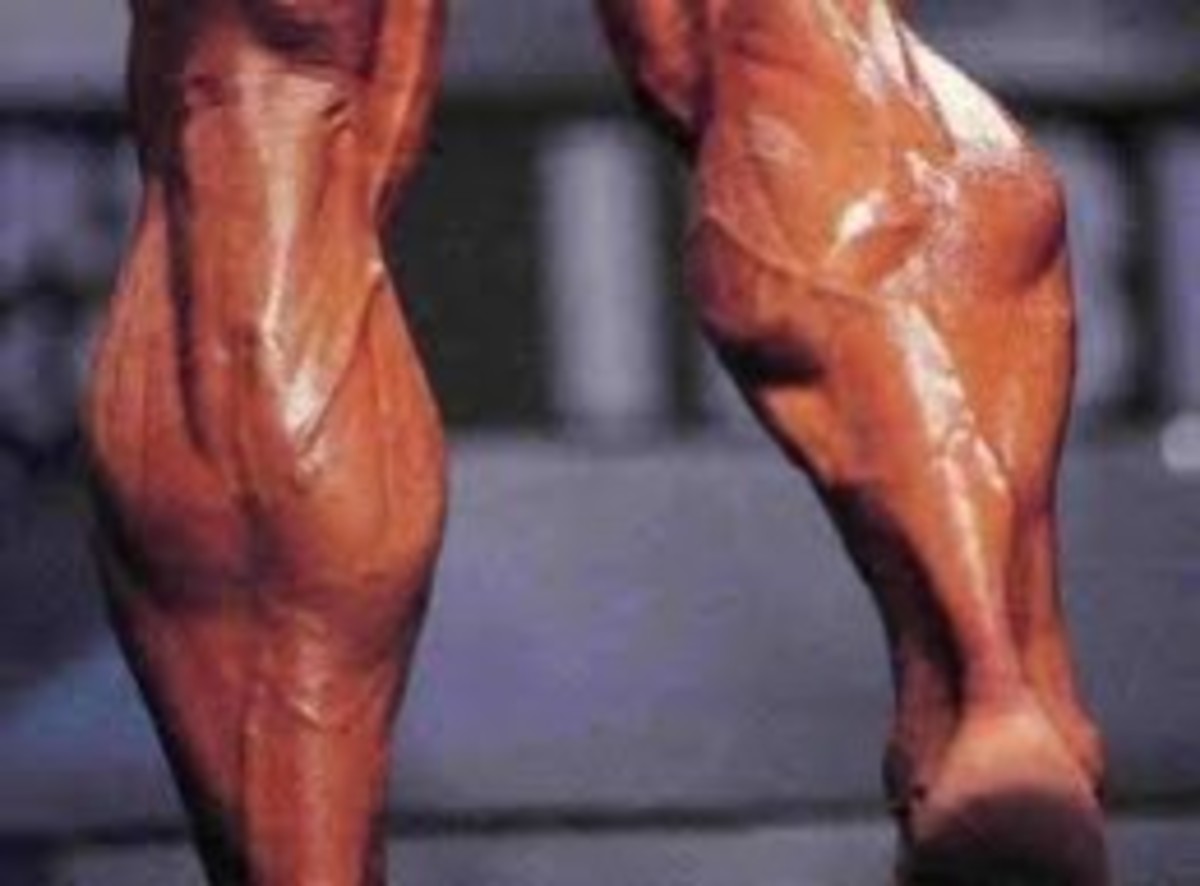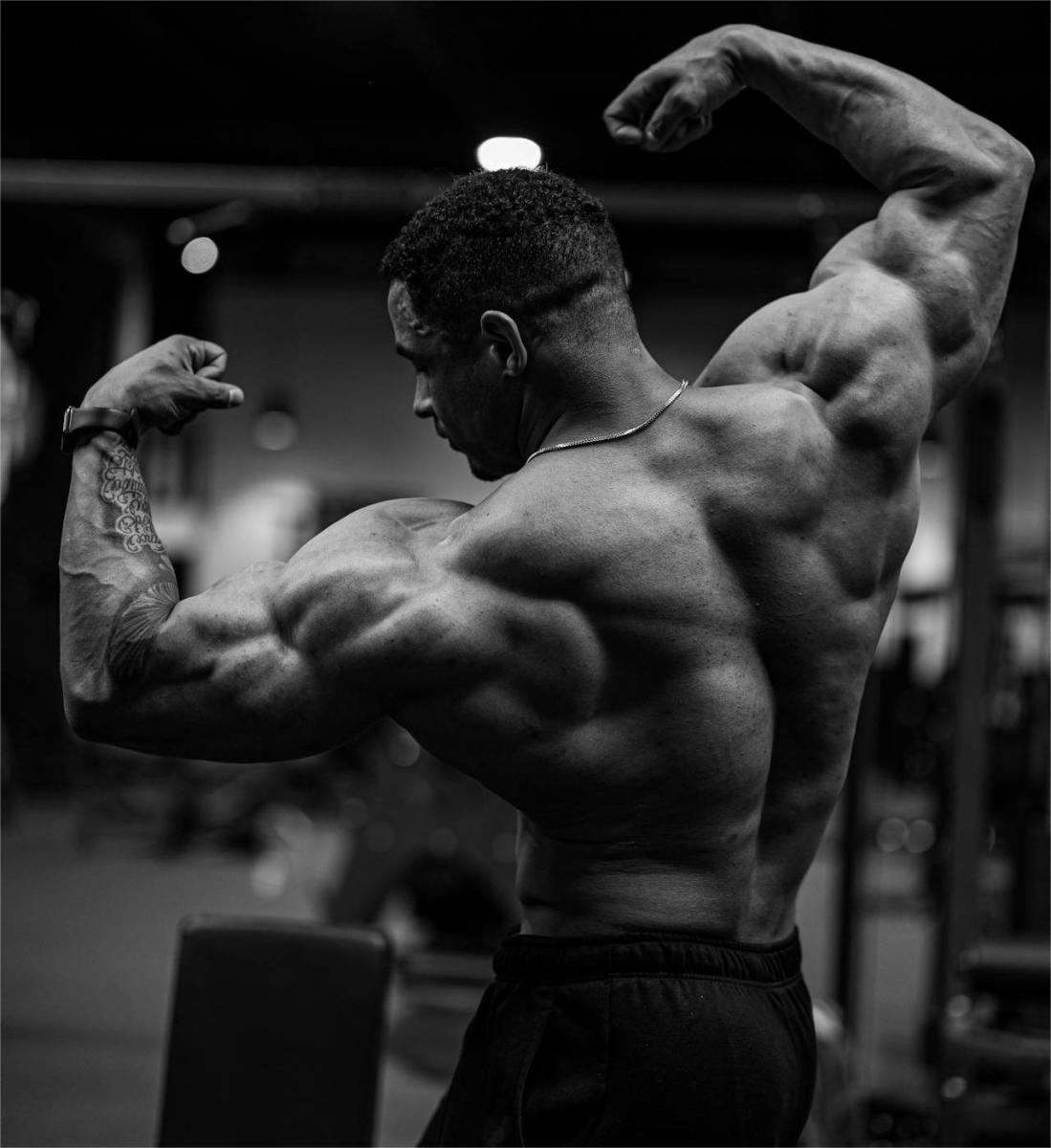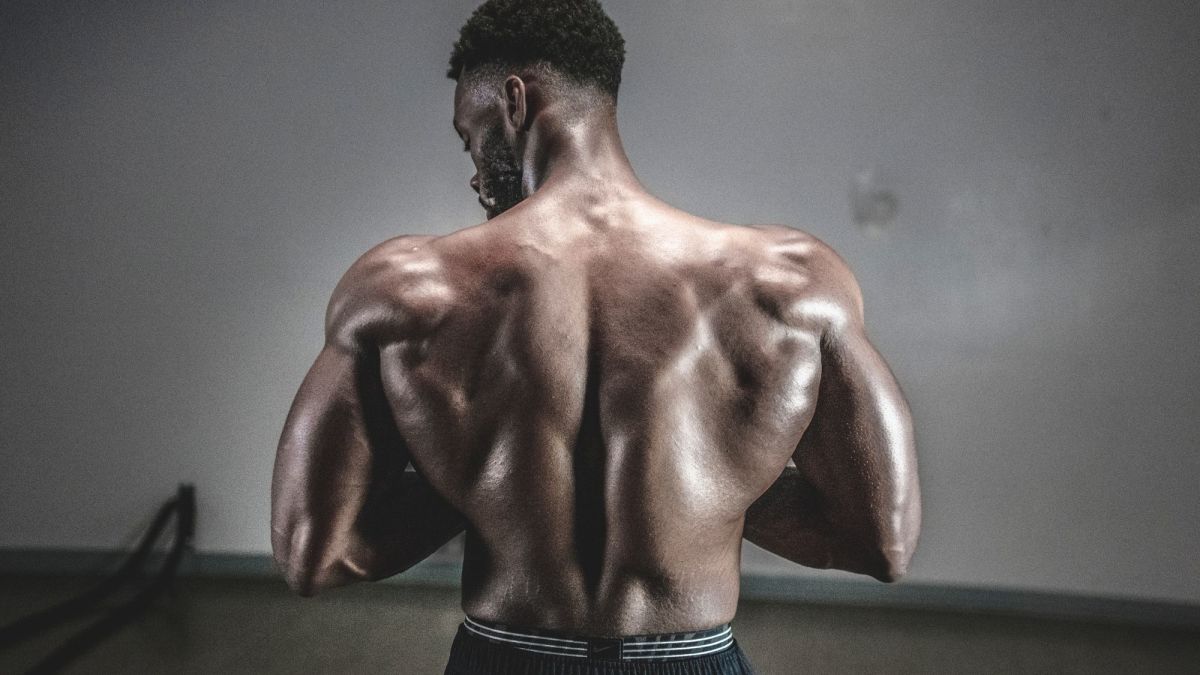3 Ways to Improve Deadlift Strength
Deadlifting
The deadlift is one of the most popular exercises you are likely to see in the gym. It’s one of the main compound movements and is hugely important for putting mass on. Not only does it help with building mass but it also helps for strength in all departments. This is why it is up there with the most essential lifts, that you should be performing regularly.
In this article I’m going to highlight a few ways which could help you deadlift heavy and improve your deadlift strength.
For other great fitness articles written by professionals check out this link >> FITNESS MONARCHY
Deadlift Variations
Variations is definitely a key tactic in getting stronger for most lifts. Variations basically mean different types of deadlifting and exercises that will promote strength in the traditional deadlift movement.
Firstly is the the variation that I use the most, which is deficit deadlifts. A deficit deadlift simply works by extending the motion to increase flexibility and to improve strength for the initial pull from the ground. It works very much like a normal deadlift however, you will be stood on some sort of an elevated platform around 6-10 inches high from the floor. I normally use a 20kg plate to stand on. Once elevated, simply perform your usual deadlift, allowing slightly more of a bend in the knee to provide a full range of motion. Also you must be aware, that when doing a deficit you won’t be able to lift as heavy as a normal deadlift.
Another variation is the banded deadlift. To perform these you will need a strong resistance band available, which you should find at most gyms. Simply loop the band around the centre of the bar and pull it back through itself. Once the resistance band is set, stand inside it so that the band is trapped between the soles of your feet and the ground. Then proceed to perform a normal deadlift. The band will add tension to make it more difficult on the pull up. When performing the downward motion, be sure to hold tension and drop it slowly, so that it’s not just the band pulling it to the ground.
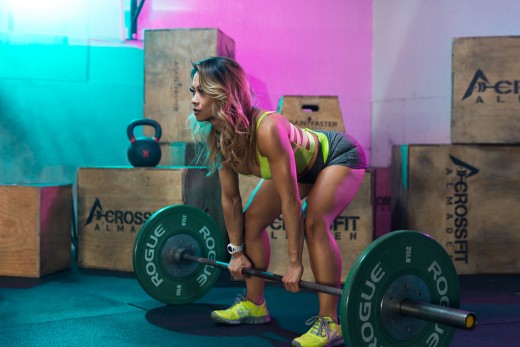
Deadlift Technique
Having the correct form when deadlifting is highly essential, not just for strength but also for preventing injury. I would always recommend to get a personal trainer to originally teach you how to deadlift, however I do have some tips to follow for someone looking to improve deadlift form.
Firstly make sure you have a strong stance. You can do this by having your feet roughly shoulders width apart. Then walk into the bar so that it’s in contact with your shins. Next hold your arms up so that they’re straight on from your shoulders (like a zombie pose), then try and pin your shoulders back, whilst puffing your chest out. Hinge over at the hips, whilst keeping your knees soft, hinge over to the point in which you feel you can’t comfortably go much further. At this point your hands should be around 6-10 inches from the bar. Finally allow bend at your knees to crouch further down, until you are able to grab hold of the bar.
Now it’s time to lift. When lifting it’s fine to have either both hands gripped over the bar or you can have one over and one under. Before attempting to lift, think about engaging your core (abs), as it’s essential to keep a strong core throughout. Next you have to drive up through your legs and concentrate on pushing your feet into the ground. As you drive up, once you come to a point where the bar is level with the knee, begin to hinge at the hip and straighten your body. This is the point where it’s down to your core and lower back strength. Once you extend up and your whole body is fully extended, that is one repetition. During the whole movement it’s important to think about keeping your shoulders pinned back and your chest up. When lowering the bar, simply use the same technique as above but in reverse, hinge at the hip and then bend at the knee. Always keep your whole body tense and stable throughout. The plates must make contact with the floor before lifting back up for another repetition.
Deadlift Accessory Work
Accessory work is extra exercises and movements, which can give you a boost in deadlift strength.
Tempo, is one of the key points and it can be used effectively for a variety of lifts in the gym. Slowing down repetitions will increase the amount of time your muscles are under tension. Time under tension is something many people use as a tool to gain strength in the gym. When deadlifting it’s ideal to slow down the downward part of the lift, try taking 3-5 seconds in the downward motion, as soon as the plates hit the ground then explode up to full lock out. Explosive deadlifts can be key to gaining full motion and strength.
On top of tempo movement, you can also add in different accessory movements to strengthen your back, which will aid your deadlift. Exercises can include bent over rows, lower back extensions and good mornings. Varying the amount of repetitions you perform each set can also have a positive effect. Changing up from sets of 4-6 reps to 15-20 reps will aim at tearing different muscle fibres and increase growth and strength.
For great health and fitness articles click on this link >> FITNESS MONARCHY
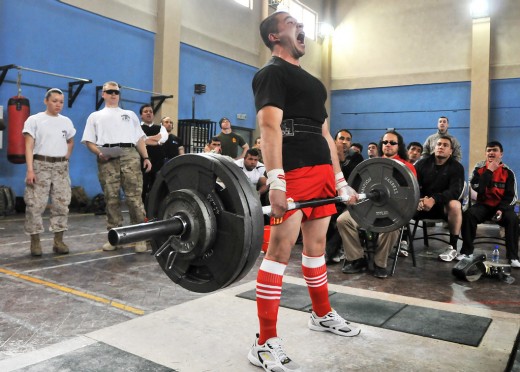
Deadlift Won't Increase
I hear this way too much in the gym and too be quite honest it’s nonsense. You can always increase strength but make sure you don’t break your form or you will more than likely suffer an injury. Keep the correct form and slowly work up the weight. Whilst using the tips in this article you may be surprised at how much you can lift.
Thank you for reading.
© 2019 Ben Smith

